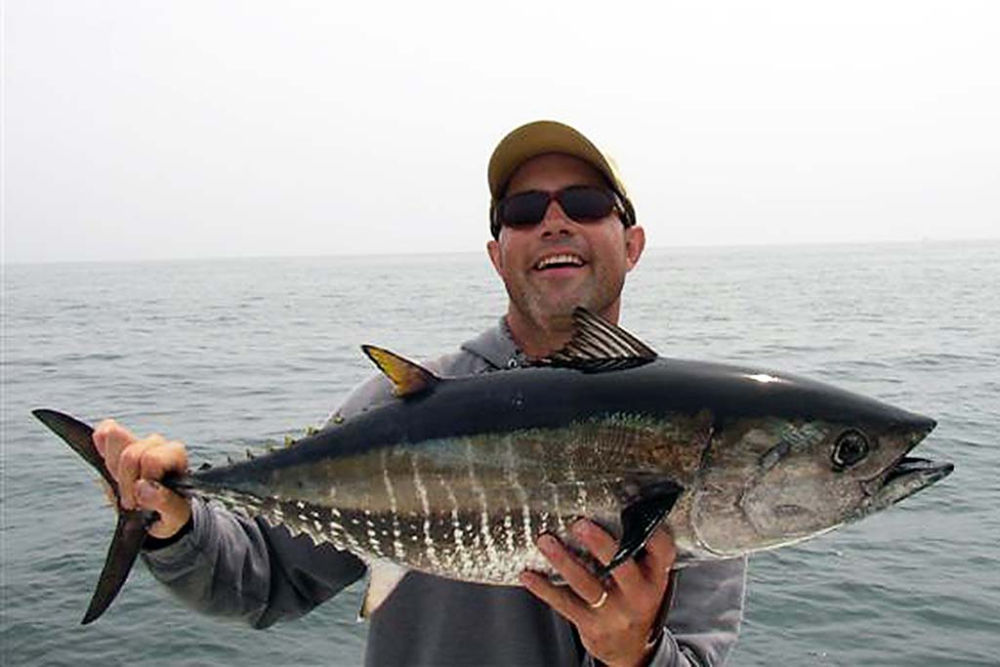The Atlantic bluefin tuna (Thunnus thynnus) stands as one of the ocean’s most formidable and fascinating inhabitants. Renowned for its immense size, remarkable speed, and critical role in marine ecosystems, this species has captivated scientists, fishermen, and conservationists alike. This article delves into the biology, ecology, economic significance, and conservation efforts surrounding the Atlantic bluefin tuna, highlighting both the challenges and successes in the quest to preserve this ocean giant.
Biology and Physical Characteristics
The Atlantic bluefin tuna is a member of the Scombridae family, which includes other species such as mackerels, bonitos, and other tunas. Distinguished by their torpedo-shaped bodies and metallic blue coloring on the top with a silver underbelly, bluefin tunas are built for speed and endurance. They possess a unique physiology that allows them to regulate their body temperature, giving them a distinct advantage in hunting in colder waters.
Bluefin tunas can grow to be over 10 feet long and weigh more than 1,500 pounds. Their streamlined bodies, powerful tails, and strong musculature enable them to reach speeds of up to 40 miles per hour. These physical attributes are not just for show; they play a crucial role in the bluefin’s predatory lifestyle, enabling it to chase down fast-moving prey such as herring, mackerel, and squid.

Habitat and Migration
Atlantic bluefin tuna are highly migratory, traversing vast distances across the Atlantic Ocean. They are typically found in the temperate and tropical waters of the North Atlantic, from the Gulf of Mexico and the Mediterranean Sea to the coastlines of North America and Europe. Their migratory patterns are driven by spawning and feeding needs, with some populations known to cross the entire ocean basin.
The spawning grounds are particularly crucial for the species’ life cycle. The Gulf of Mexico and the Mediterranean Sea are primary spawning areas where mature bluefins congregate during the spring and summer months. After spawning, they embark on extensive feeding migrations to areas rich in prey, including the waters off the northeastern United States and the North Sea.
Economic Significance
Atlantic bluefin tuna have significant economic value, particularly in the global sushi and sashimi markets. In Japan, the bluefin is highly prized for its rich, fatty flesh, with prime cuts like otoro (fatty belly) fetching astronomical prices. This demand has led to the development of an intensive and often controversial fishing industry.
The commercial fishing of bluefin tuna is conducted using various methods, including longlining, purse seining, and hand-lining. Each method has its own impact on bluefin populations and bycatch rates. The economic stakes are high, with individual fish sometimes selling for hundreds of thousands of dollars at auction. This lucrative market has, unfortunately, driven overfishing and illegal fishing practices, threatening the sustainability of bluefin tuna stocks.
Conservation Status and Challenges
Over the past few decades, the Atlantic bluefin tuna has faced significant population declines due to overfishing and habitat degradation. Recognizing the urgent need for conservation, various international bodies and governments have implemented measures to protect this species. The International Commission for the Conservation of Atlantic Tunas (ICCAT) is the primary organization responsible for managing bluefin tuna fisheries and has established quotas and regulations to ensure sustainable fishing practices.
Despite these efforts, the road to recovery has been challenging. Illegal, unreported, and unregulated (IUU) fishing remains a significant threat, undermining conservation efforts. Additionally, the high economic value of bluefin tuna continues to incentivize overexploitation. Climate change also poses a looming threat, potentially altering migration patterns and spawning grounds, which could further impact bluefin populations.
Conservation Successes and Ongoing Efforts
While challenges persist, there have been notable successes in the conservation of Atlantic bluefin tuna. Strict enforcement of fishing quotas and better monitoring practices have led to some signs of population recovery. For instance, recent assessments by ICCAT indicate that certain bluefin stocks are showing positive trends, thanks to improved management measures and compliance by member countries.
Technological advancements have also played a crucial role in conservation efforts. Satellite tagging and electronic monitoring have provided valuable data on bluefin tuna movements and behaviors, aiding in the development of more effective management strategies. Public awareness campaigns and sustainable seafood initiatives have further contributed to the growing support for bluefin tuna conservation.
The Future of Atlantic Bluefin Tuna
Ensuring the long-term survival of the Atlantic bluefin tuna requires a multifaceted approach that balances economic interests with ecological sustainability. Continued international cooperation and stringent enforcement of fishing regulations are paramount. Additionally, fostering a market for sustainably caught or farmed bluefin tuna can help reduce the pressure on wild populations.
Further research is obligatory to fully understand the impacts of climate change on bluefin tuna and to develop adaptive management strategies that can respond to changing ocean conditions. Engaging local communities, fishermen, and the seafood industry in conservation efforts will be crucial to creating a sustainable future for this iconic species.
Conclusion
The Atlantic bluefin tuna is more than just a marvel of the ocean; it is a vital component of marine ecosystems and a significant economic resource. While the challenges to its conservation are formidable, the successes achieved thus far demonstrate that with concerted effort and international collaboration, it is possible to safeguard the future of this magnificent fish. The journey to full recovery may be long, but it is a journey worth undertaking to preserve the majesty of the Atlantic bluefin tuna for generations to come.









